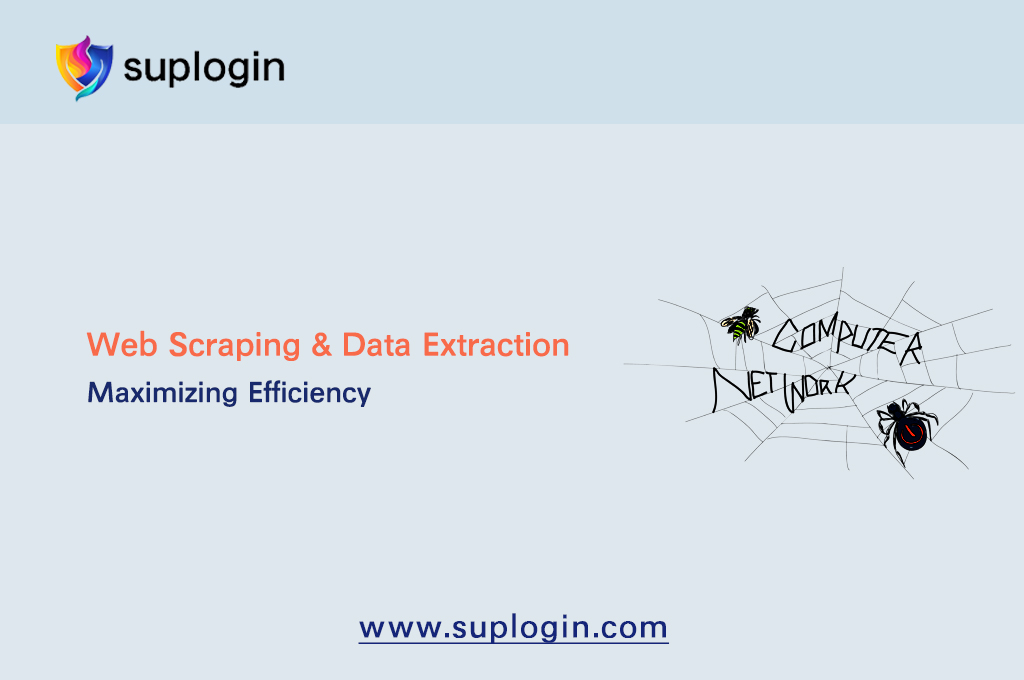Web crawlers are essential for gathering large amounts of data, but improper handling can lead to detection, resulting in IP bans and restricted access. Here are some effective strategies to help prevent detection.
Key Strategies to Avoid Detection
Control Request Frequency
Avoid sending requests too frequently. Simulate human browsing behavior by setting reasonable intervals between requests, as sudden spikes in traffic are a key indicator of bot activity.
Use Random User-Agent Strings
Rotate different User-Agent strings from popular browsers and devices to make requests appear as if they come from various real users.
Set Proper Request Headers
Besides User-Agent, configure headers such as Accept-Language and Referer to make requests more similar to those from real browsers.
Handle Cookies Carefully
Some websites use cookies to track and detect crawlers. Properly managing and isolating cookies can help prevent detection.
Respect Robots.txt
Check the site’s robots.txt file to understand which pages are restricted and avoid crawling disallowed content.
Use Proxy IPs
Utilize proxy servers to mask the real IP address. Regularly rotate IPs to further reduce the risk of detection and blocking.
Simulate Human Behavior
Implement random delays, simulate clicks, scroll pages, and mimic real user interactions to avoid detection based on behavioral patterns.
Distributed Crawling
Distribute crawling tasks across multiple nodes to reduce the load on a single IP and minimize detection risk.
Spoof Browser Fingerprints
Use specialized browser fingerprinting tools to simulate different browser environments and evade detection.
SupLogin Antidetect Browser for Web Crawling
1. Bypass Anti-Bot Mechanisms
SupLogin mimics real browser fingerprints, including User-Agent, Accept-Language, Referer, device type, OS, and browser version, making bot requests appear as genuine user traffic.
2. Multi-Task Processing
Supports running multiple web scraping tasks in parallel with customizable fingerprint settings, significantly improving efficiency.
3. Browser Automation
Integrates with RPA automation and APIs to streamline scraping operations and enhance productivity.
4. Proxy IP Configuration
Easily switch between different IP addresses, allowing requests from various locations to minimize detection risk.
5. Data Privacy Protection
Ensures secure transmission and storage of scraped data, preventing sensitive information leaks.
Conclusion
SupLogin Antidetect Browser provides web scrapers with powerful tools and strategies to extract data efficiently and securely while minimizing detection risks. By following best practices and using the right tools, you can ensure a more effective and compliant web scraping process.

